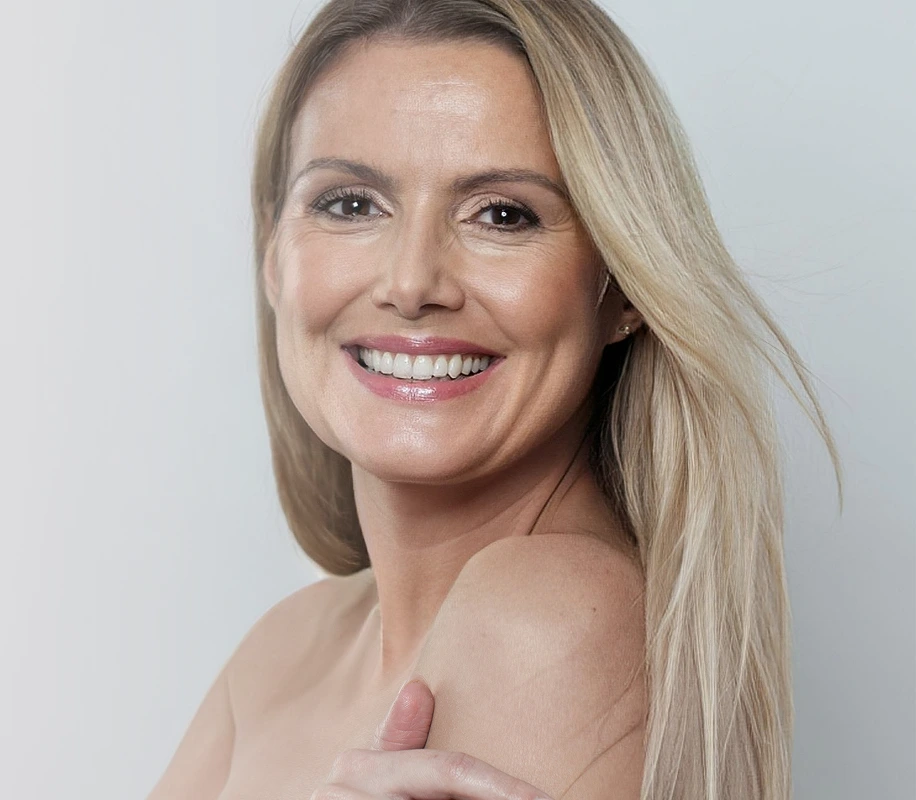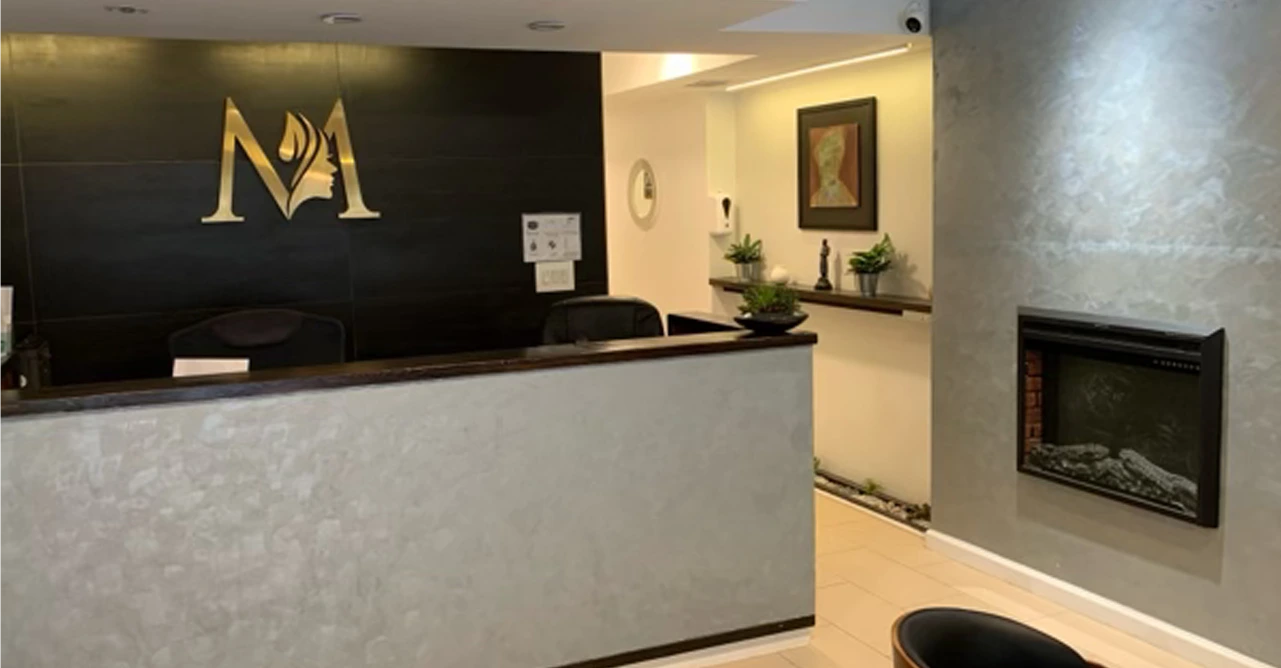

The mini facelift is less invasive than a traditional one. It is designed to address premature facial aging of the lower face. This technique can correct mild laxity of the skin, jowls, and sagging along and below the jaw and cheeks. Therefore, it is suitable for people in their 40s and 50s who want less dramatic rejuvenation. Unlike a full facelift, a mini facelift has smaller incisions, less recovery time, and less time off.
For patients with mild to moderate facial aging, Dr. Sabry can also recommend the short scar facelift (MACS Lift). This procedure is performed through a smaller incision than in a traditional facelift. It is placed directly below the earlobe and tightens the muscles and skin in the upward direction. This technique is an option for those who want facial rejuvenation but less scarring and quicker recovery.
The traditional facelift is the most comprehensive approach, appropriate for severe to moderate facial aging. Dr. Sabry makes incisions along the temples, in front of and behind the ears, and to the bottom of the scalp. Then, he repositions and tightens facial fat, sculpts and tightens muscles, and removes excess skin. This approach redefines the jawline, erases fine lines, and reestablishes volume.
A deep plane facelift procedure is an advanced surgical technique of tightening and repositioning the deeper facial tissues rather than pulling on the skin. Unlike a traditional facelift, which tightens superficial skin, the deep plane facelift surgery repositions muscles (SMAS), fat pads, and ligaments for longer-lasting, more natural rejuvenation. This approach is especially appropriate for severe facial sag, deep creases, and volume loss in the mid-face.
The mini facelift is less invasive than a traditional one. It is designed to address premature facial aging of the lower face. This technique can correct mild laxity of the skin, jowls, and sagging along and below the jaw and cheeks. Therefore, it is suitable for people in their 40s and 50s who want less dramatic rejuvenation. Unlike a full facelift, a mini facelift has smaller incisions, less recovery time, and less time off.
For patients with mild to moderate facial aging, Dr. Sabry can also recommend the short scar facelift (MACS Lift). This procedure is performed through a smaller incision than in a traditional facelift. It is placed directly below the earlobe and tightens the muscles and skin in the upward direction. This technique is an option for those who want facial rejuvenation but less scarring and quicker recovery.
The traditional facelift is the most comprehensive approach, appropriate for severe to moderate facial aging. Dr. Sabry makes incisions along the temples, in front of and behind the ears, and to the bottom of the scalp. Then, he repositions and tightens facial fat, sculpts and tightens muscles, and removes excess skin. This approach redefines the jawline, erases fine lines, and reestablishes volume.
A deep plane facelift procedure is an advanced surgical technique of tightening and repositioning the deeper facial tissues rather than pulling on the skin. Unlike a traditional facelift, which tightens superficial skin, the deep plane facelift surgery repositions muscles (SMAS), fat pads, and ligaments for longer-lasting, more natural rejuvenation. This approach is especially appropriate for severe facial sag, deep creases, and volume loss in the mid-face.


The average cost of a facelift in New York City ranges between $10,000 and $25,000. The price of this facial plastic surgery consists of the surgery itself, anesthesia, operating fees, and postoperative care. The total can also vary, depending on how complex the surgery is, which facelift is performed, and whether or not other facial rejuvenation procedures (such as eyelid surgery) are performed in conjunction with the facelift. Candidates for this surgery should consult Dr. M. Zakir Sabry to discuss their facial anatomy and goals and get their quotes.
